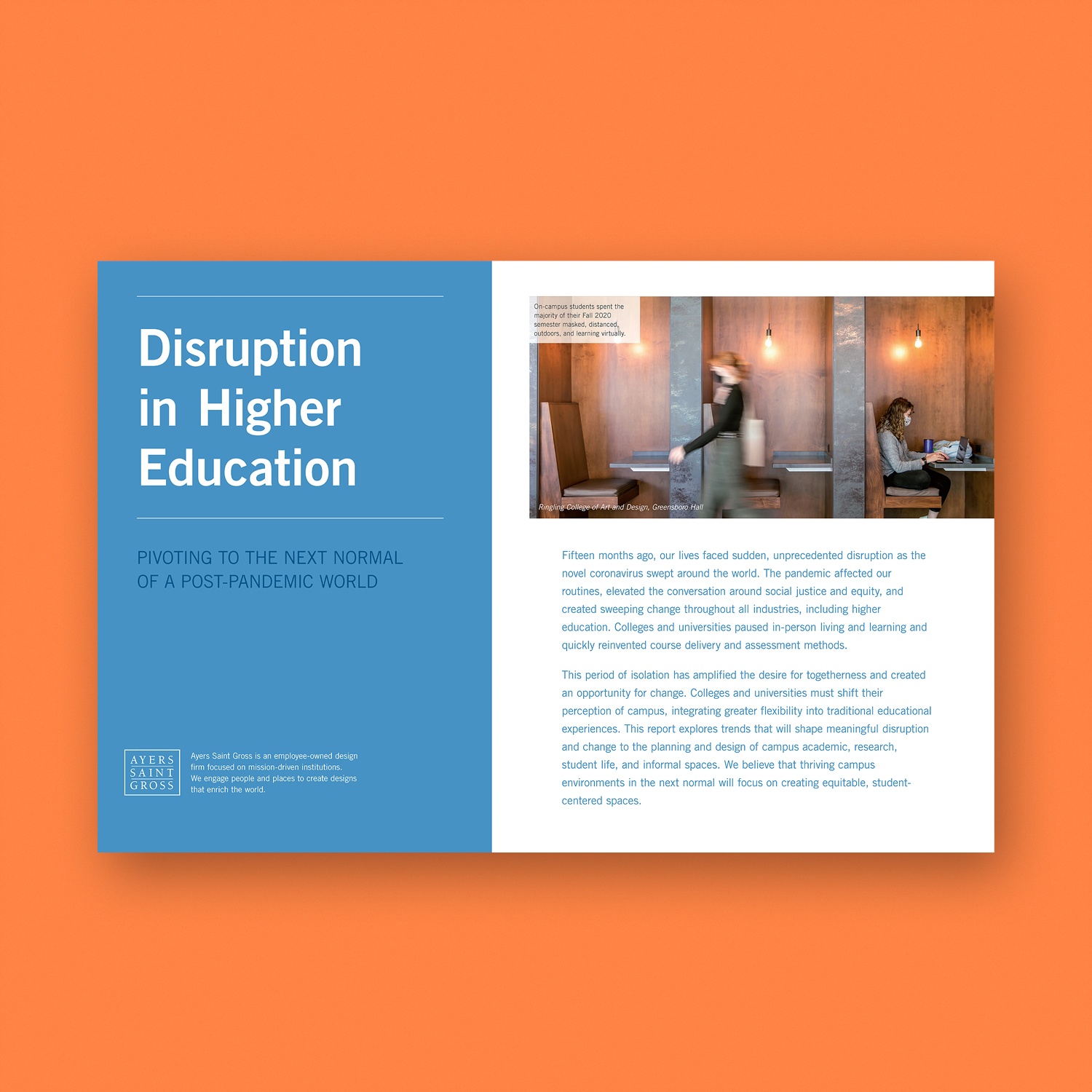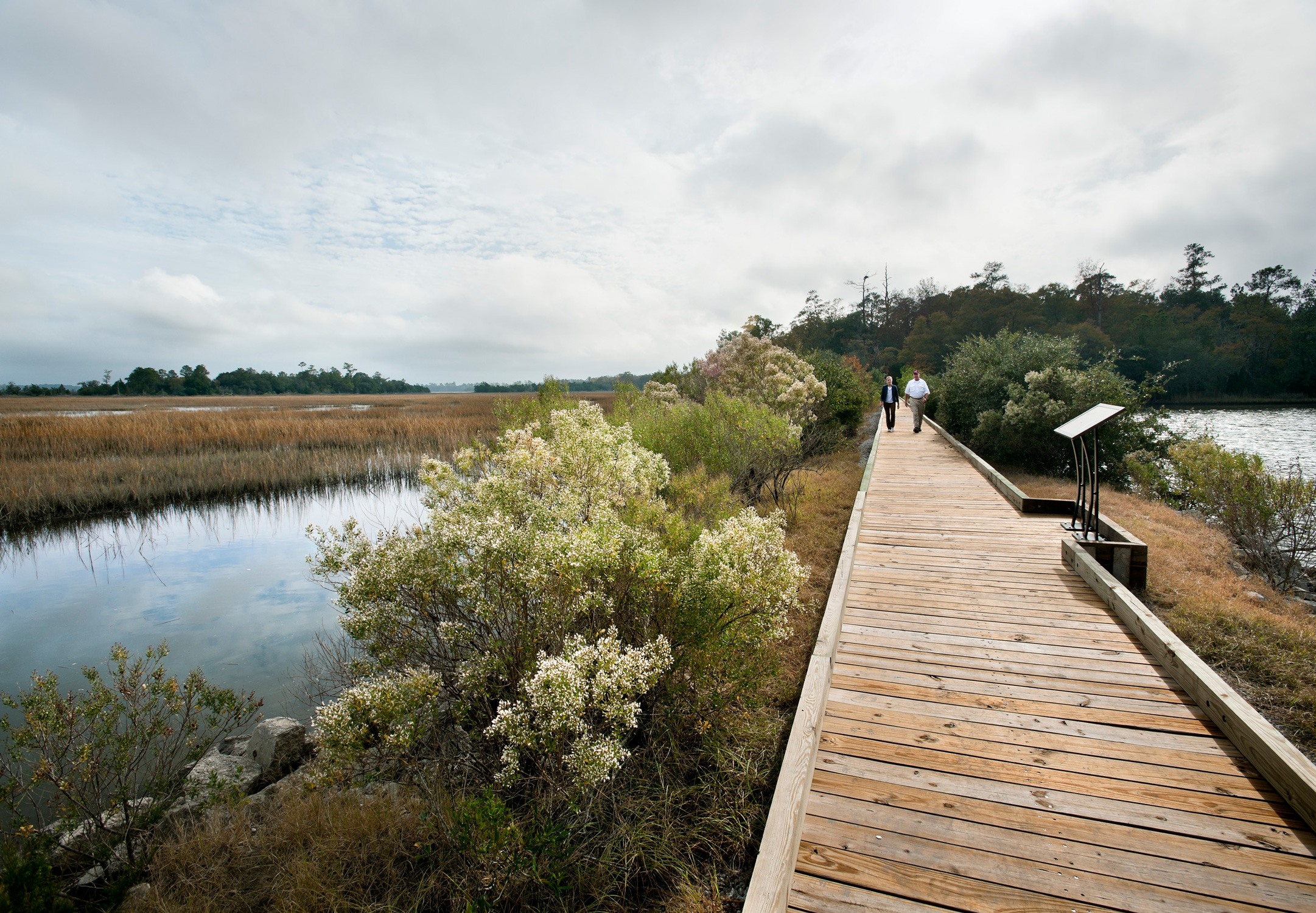Q: What factors should be considered when developing forward-looking space metrics?
Three major trends have driven instructional space metrics over the past decade as higher education has shifted toward student-centered learning.
Autonomy: Information is now instant and mobile. Now that content can be acquired fast, free, and digitally, the new purpose of the classroom experience is to explore knowledge. This type of learning environment requires an increase of net assignable square foot per student. An instructional space that meets these guidelines will provide greater agility in adjusting to 6-foot social distance requirements, as well. Flexible furniture also allows institutions to rearrange or de-densify rooms.
Experience: The customization of the educational experience has led students to prioritize experience and hands-on learning. This type of learning often occurs in class laboratories, open laboratories, maker spaces, and research labs. Laboratory environments are rich with learning experiences that cannot easily be duplicated via online courses even prior to COVID-19, and we often recommended that institutions increase the amount of laboratory and maker space on campus.
Porosity: If you strip away the curriculum and the credits, a campus exists for serendipitous encounters between students and scholars where creativity happens, ideas are explored, and learning experiences are created. Porous learning environments allow learning to take place inside and outside the classroom and at multiple scales and comfort levels to create an equitable and adaptable learning environment for all learners. Post-COVID, experiential campus experiences may allow universities to differentiate themselves and offer an alternative to online lecture-based learning. Universities should consider dedicated space for student-centered study, group learning, and gathering space to represent approximately 15-20% of the instructional space found on campus.
Q: How is this affecting students?
Physical distancing in the classroom limits an instructor’s ability to “reach and teach” every student. By distancing students in the classroom and limiting instructor/student and peer-to-peer interactions, the learning environment favors students closest to the instructor. In this situation, a virtual synchronous environment may offer a better learning environment. In the virtual environment, the distribution of students on each screen is random, students appear the same size, and multiple modes of interaction are available via microphones, chat features, and interactive whiteboard exercises. Moreover, asynchronous virtual opportunities give students the flexibility to learn on their schedule. Learning does not compete with other priorities, such as jobs or families. Students can watch material multiple times to take notes and absorb information.











